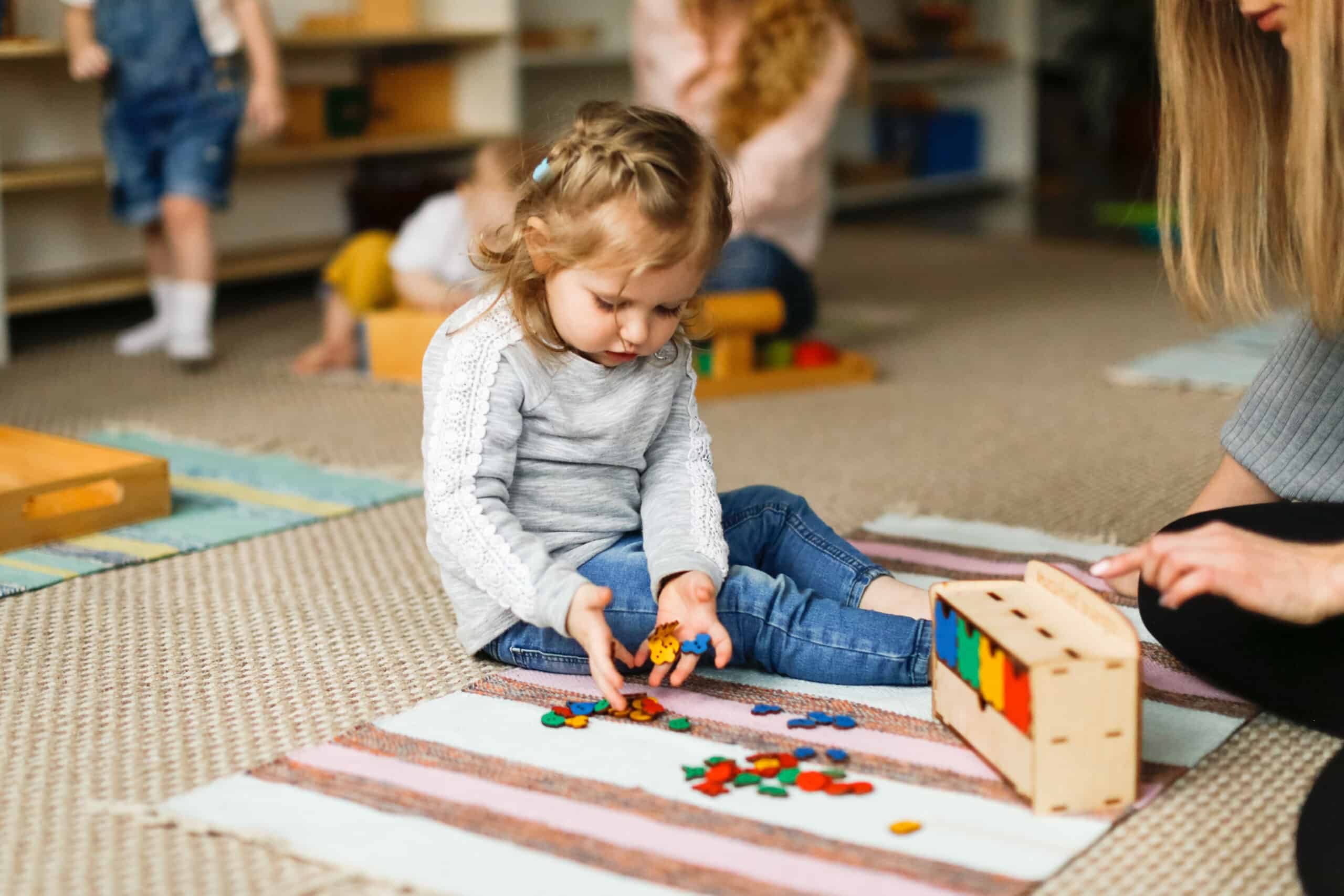How is Montessori daycare different than other schools? The answer depends on the type of preschool you're referencing. In this article we will briefly discuss childcare around the world, the history of childcare in the U.S., and the different types of childcare/preschool available, including Montessori. Keep reading to learn more about the history of daycare in the U.S., and how the Montessori model differs from other available options.
Key Points
- Montessori daycares are designed to stimulate a child's learning and independence, rather than just being a place where they can be until their parents can pick them up.
- Teachers in Montessori daycares act as guides, rather than trying to direct a child down a certain path of play or learning.
- Montessori daycares work toward teaching children critical thinking and self-reliance.
Childcare Around the World
Maternity Leave
Compared to childcare around the world, the U.S. ends up on the short end of the stick in practically every standard of measure. The U.S. is lightyears behind every other industrialized country, from maternal leave to government spending,
The Family and Medical Leave Act of 1993 (FMLA) basically makes it illegal for an employer to terminate or replace an existing employee for up to 12 weeks after the birth (or adoption) of a child. It is not paid leave, mind you, but a promise that at the end of the 12 weeks you will have a job to return to should you so desire. This is better than no assurances, but compared to maternity leave in other countries it isn't that great. In fact, it's downright abysmal.
New mothers in the Czech Republic receive 28 weeks of paid maternity leave, while in Sweden, new parents are entitled to 480 days of paid paternity leave, with 60 of those days designated for the father. Even France with their relatively paltry 28 days of paid maternity leave is 28 days ahead of the U.S.
Childcare Costs
It's no surprise that daycare and preschool in these and other industrialized nations are universally provided, fully funded by the government, and easily accessible to everyone. Nor is surprising that the U.S. ranks in the top three countries for childcare costs, beaten out by the U.K. and New Zealand, coming in 1st and 2nd, respectively.
According to statistics compiled in 2022, the average annual cost for daycare of an infant in the U.S. is over $14,000. And that's the cost per child. Though second children often garner reduced tuition, daycare costs are a burden for most American families.
To be fair, several states including Florida, Georgia, Iowa, Oklahoma, West Virginia, Wisconsin, and Washington, D. C., provide free or drastically reduced daycare. However, it is far from the norm. So, how did we get here?
History of Daycare in the United States, Briefly
Childcare arrangements between family members and trusted friends have been a staple of childcare for centuries in the U.S. However, the first structured daycare center was established in New York City in 1854 as a social welfare program to care for the children of single mothers who worked in area factories. The Industrial Revolution made it increasingly possible for women to work, with care outside of the home becoming a necessity.
Day nurseries, as they were called, began popping up in industrial cities and towns, though they were still not the norm, especially in rural areas of the county in which children were put to work on the family farm as soon as they were able.
Daycare in the U.S. would not experience any major changes or widespread growth until the advent of World War II. Women were pulled into the workforce like never before. In response, the U.S. government passed the Lantham Bill. This legislation provided funding to daycare centers to care for the children of mothers who were working wartime jobs.
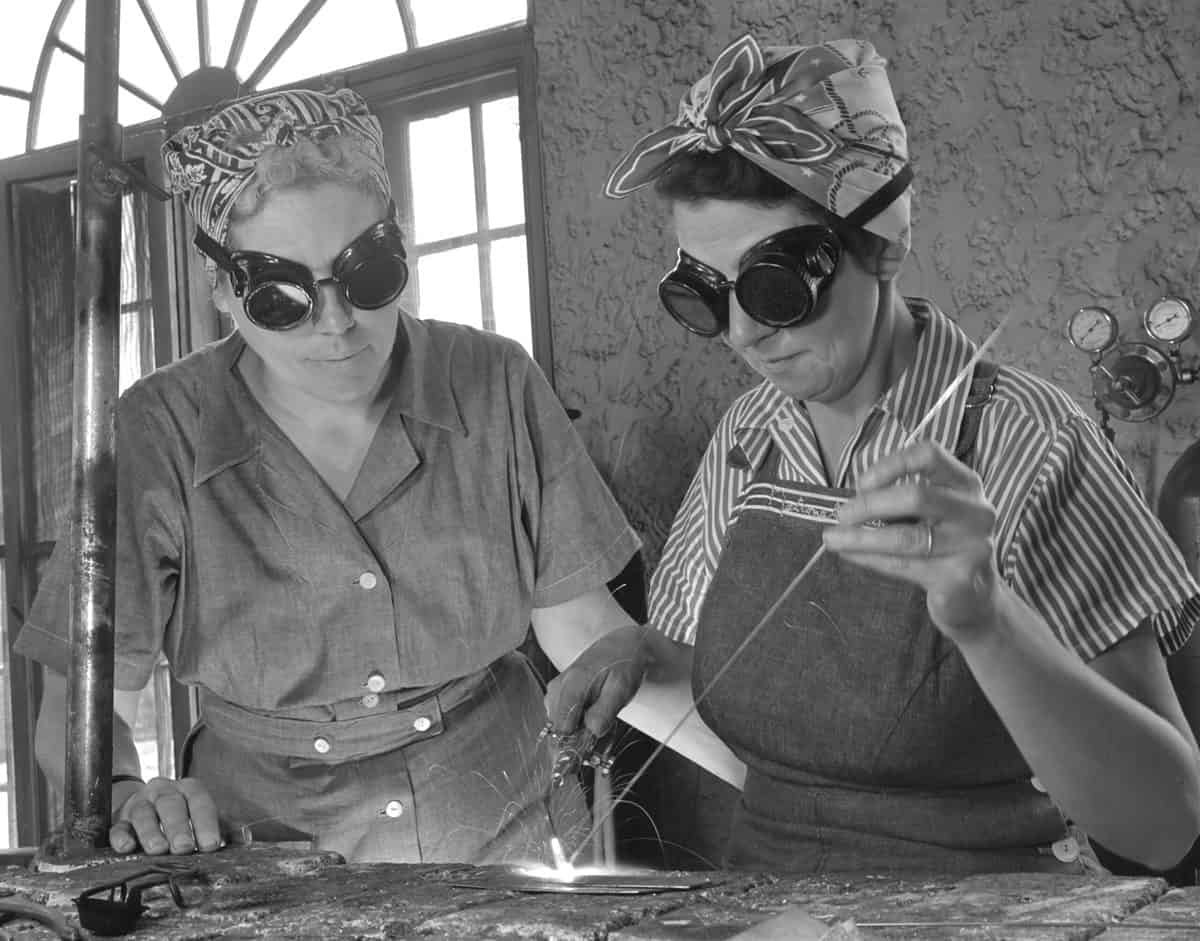
©Everett Collection/Shutterstock.com
Once the war was over, U.S. citizens petitioned the government asking to maintain the status quo. This would have allowed for Universal, government-funded childcare moving forward. Their pleas fell on deaf ears, however, as the government ceased funding daycare in 1946.
Head Start
In January 1964, declaring a war on poverty, President Lyndon Johnson appointed a task force, to determine the best way to meet the needs of the most vulnerable, disadvantaged children in the country. Comprised of experts, the task force concluded that these impoverished children needed access to care that would address their social-emotional and physical health, as well as their nutritional, and educational needs.
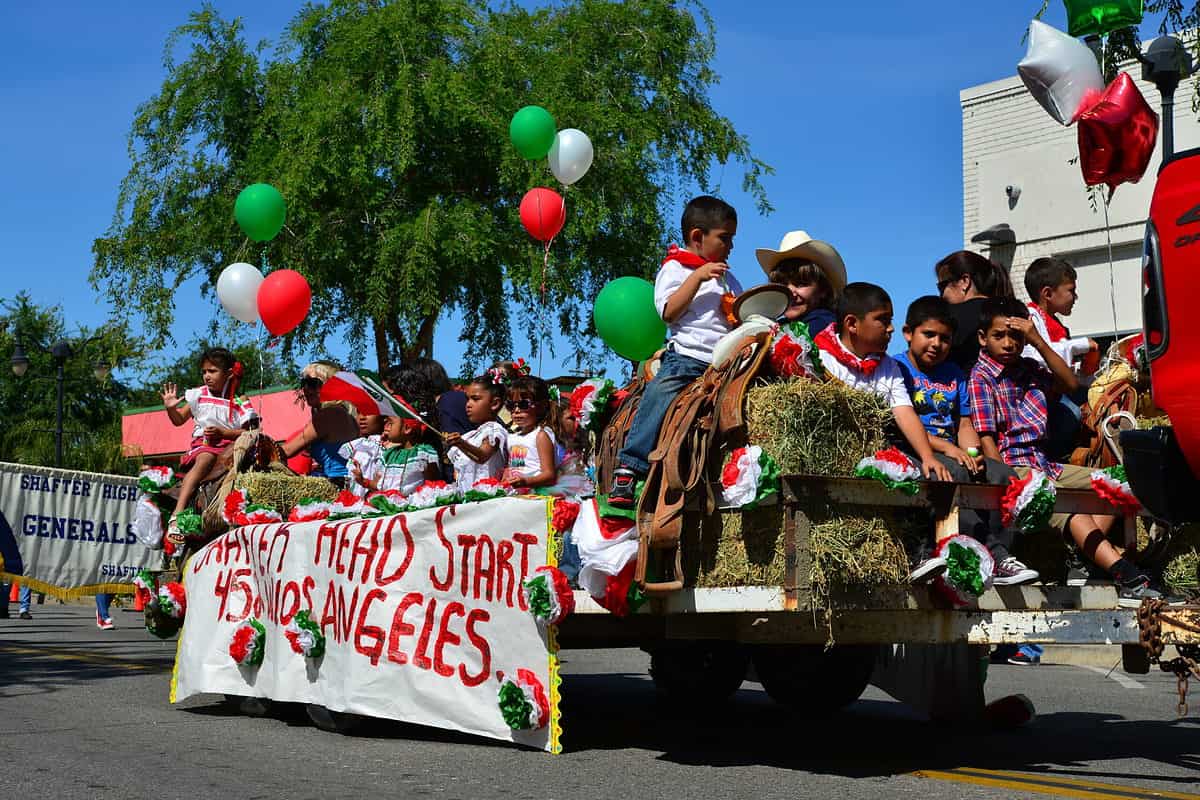
©Richard Thornton/Shutterstock.com
And thus, Head Start, conceived as an 8-week pilot program, has been extended and updated, continuing to serve underprivileged children in the 21st century.
Daycare in the 21st Century
These days daycare is a necessity for many families in the U.S. According to research nearly 1/4 of school-aged children in the U.S. live in single-parent homes. Of those children living with two adults, 50% are in dual-income households. These statistics suggest that approximately 60% of all infants, toddlers, and school-aged children require daycare of some form or fashion.

©Prostock-studio/Shutterstock.com
These figures are supported by recent studies that found that just under 40% of infants and toddlers are cared for by a parent or other relative in their own homes. Of the remaining 60% of infants and toddlers, 1/3 are cared for in a home setting by a non-family member. The remaining 40% of young children rely on center-based care.
So, how is Montessori daycare different than other schools?
Daycare Models in the United States
To determine how Montessori childcare differs from other available options, one must first be aware of and understand the other available options. Many different programs exist from home care to nationwide for-profit centers. So, which is the best fit for your family?
Home Care
Infants and toddlers in the U.S. are most likely to be cared for at home by a parent or other family member. According to research from 2019 (pre-pandemic), 58% of children under 1 year of age required no weekly non-parent care.
Child care in the home is as varied and unique as the homes themselves. Whether or not a parent chooses to actively educate their children, or simply allows them to be children is a personal choice. One that is prone to debate from both sides.
This arrangement isn't long-lasting, however, as the percentage of children who remain at home drops to 26% by age three, suggesting that the majority of young children in the U.S. attend a program of some description.
For Profit Centers
For-profit childcare centers come in a variety of shapes and sizes. There are forest schools where children spend their whole day outdoors, including naptime. Even in the wintertime when they are bundled up to provide warmth against the elements, they are outdoors. Faith-based for-profit childcare incorporates religious education into the childcare setting. The majority of for-profit childcare centers, however, provide little more than safety and structure.
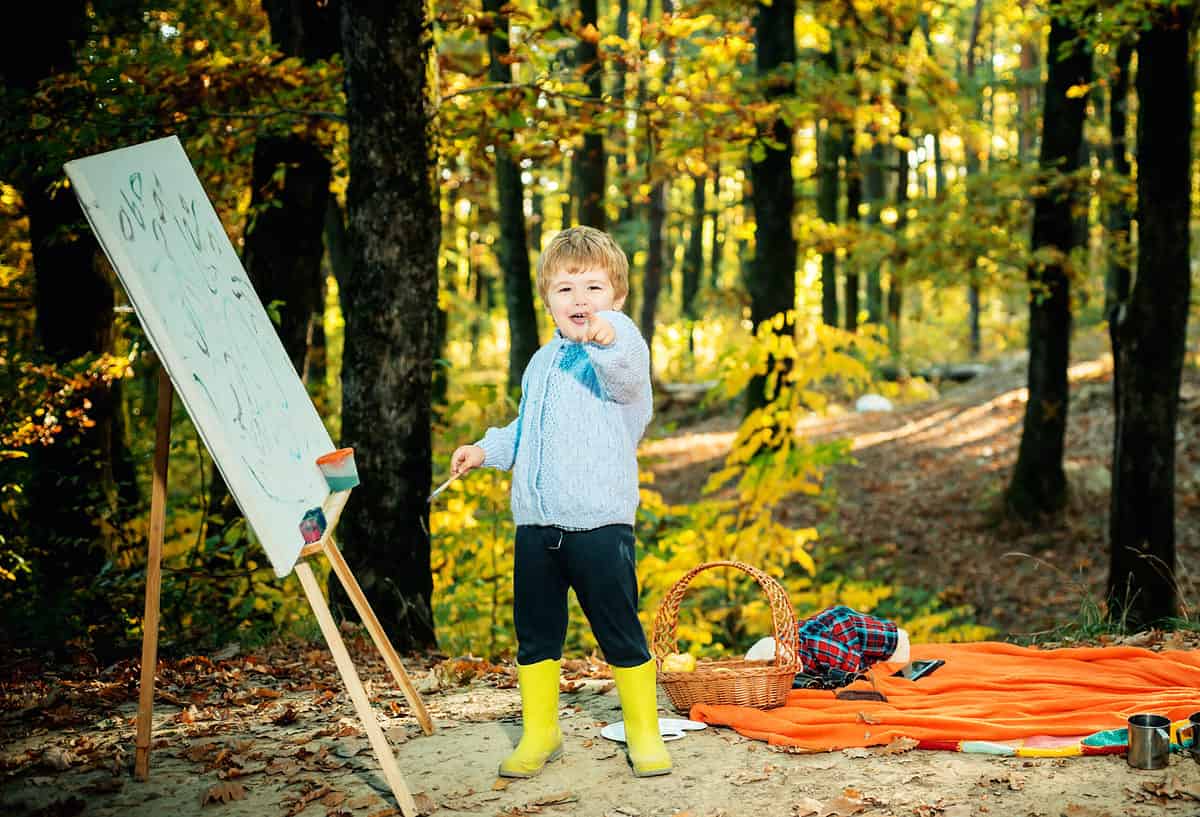
©Volodymyr TVERDOKHLI/Shutterstock.com
Private childcare centers are the most common type of childcare/preschool in the U.S. Though in most Industrialized countries publically funded childcare is available to all families, only a small minority of states in the U.S. have universal childcare. And though there are a small number of publically funded Montessori preschools in the U.S., Montessori falls into the category of for-profit centers.
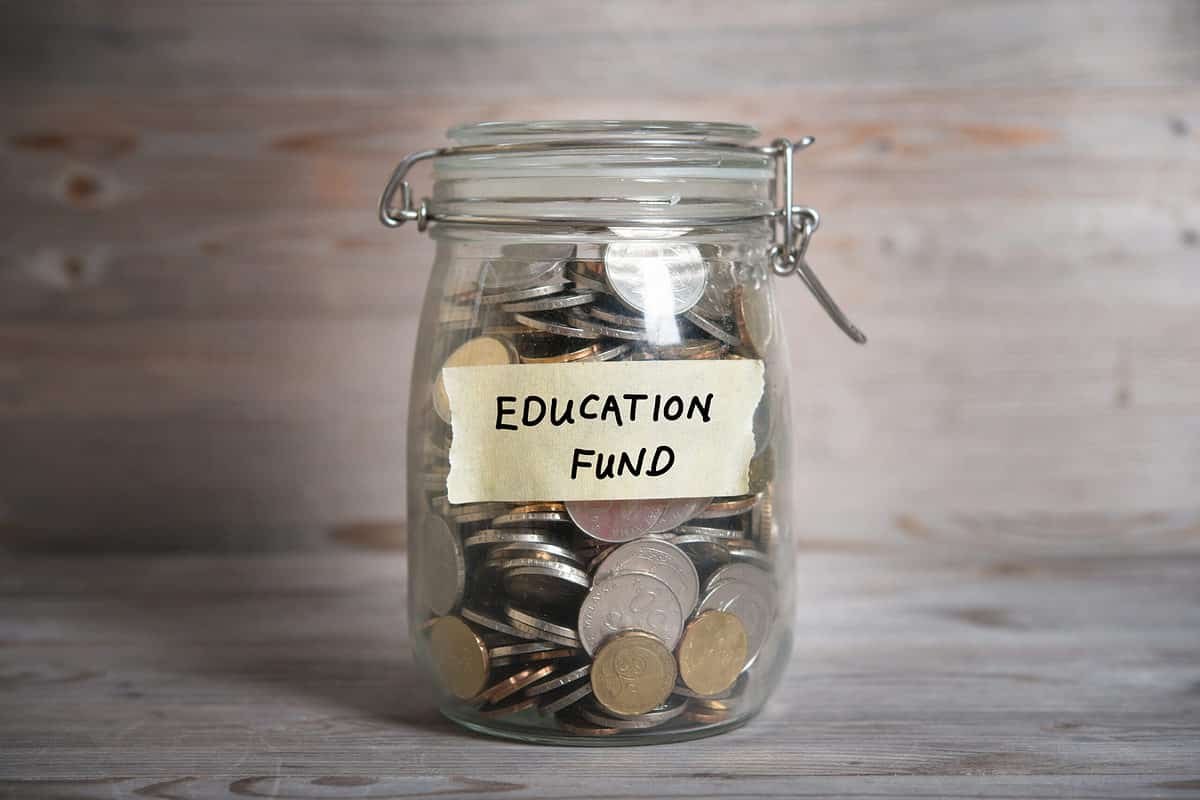
©szefei/Shutterstock.com
This is one of the ways that Montessori daycare is similar to other schools. The average tuition for Montessori preschool in the U.S. is $14,000. This is also the average cost of daycare in America. So, all things being financially equal, how is Montessori daycare different than other schools?
Teacher Role
The Montessori teacher acts as a guide, allowing the students to explore their environment. Montessori classrooms are designed to stimulate the child's curiosity, creativity, and imagination. Dr. Maria Montessori (1870-1952), developed her eponymous method of educating young children through years of studying and observing children. She recognized that children were capable of teaching themselves, as well as other children. It is the teacher's job to prepare the classroom for the students, but otherwise, they are to simply observe.
Though there are similar early childhood education models the majority of for-profit childcare models in the U.S. are teacher-centric. Montessori students are allowed to gravitate to what interests them. Children in most childcare settings are expected to conform. Following the rules and participating in teacher-led whole-class activities leave little room for imagination or individuality.
Classroom Setup
The Montessori classroom setup encourages children to follow their bliss. Children in a Montessori classroom may be exploring and learning in tandem with other children, or completely flying solo. There are no schedules or regiments, outside of lunchtime. Montessori classrooms consist of five to eight learning stations. The teacher chooses and prepares the stations. These Stations are based on their observations of the students reflecting the students' interests and abilities.
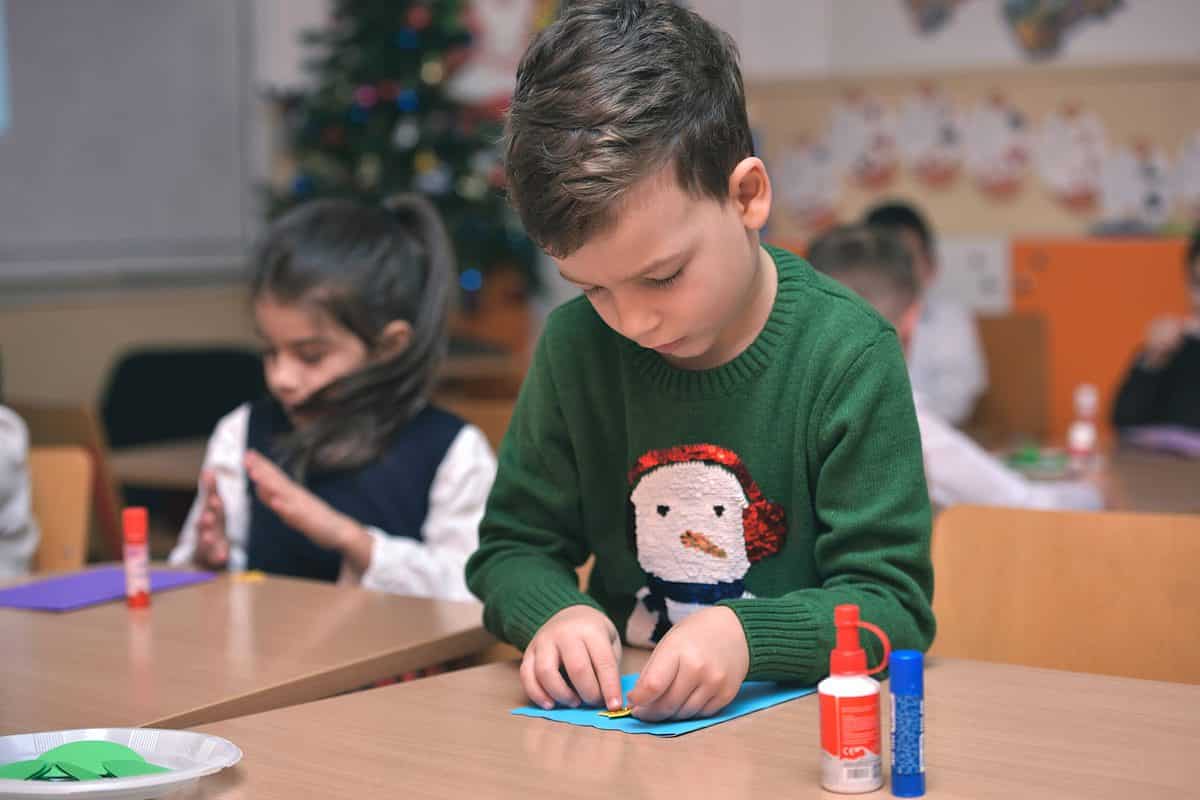
©Daniel Chetroni/Shutterstock.com
Children in traditional childcare settings are expected to participate in activities planned by the teacher. These activities are often step-by-step projects, in which the students are supposed to mimic the instructor, leaving little room for individual creativity. While such group endeavors prepare the child for traditional direct-instruction education, the projects themselves are absent any practical skills or real-world knowledge. The primary takeaway for the children is that success is in following directions.
How is Montessori daycare different than other schools? In a nutshell, traditional childcare models prepare children for elementary school by teaching them to toe the line, sit still, and follow directions. Montessori schools, on the other hand, according to Montessori alumni, teach critical thinking skills, self-reliance, problem-solving abilities, and self-discipline. Graduates of Montessori also say that through Montessori, they learned to meet the world on their own terms, approaching situations in their own unique way without concern for what others will think.
How Can I Know What Daycare is Best for My Child?
Choosing a type of daycare for your child can be daunting. You want to pick the right one, depending on their needs and your values. While a Montessori daycare is a great option for many, it isn't the right fit for everyone. If your child needs structure in their life, or if they receive their education elsewhere, then a Montessori daycare might not be the best fit for them.
If you want to have total control over your child's experiences in daycare, then a home daycare might be best for them. If your child having the freedom to direct their own learning experiences is important to you, then a Montessori daycare is a great idea. Ultimately, it will come down to what your child's individual needs are.
Definitely don't make this an impulse decision. Take your time, and consider all of your options. Consider talking to other parents to see what their experiences were like, and what they might wish they'd done differently. If you can, visit each daycare you're considering and see what it's like.
Montessori Daycare in the News
On July 19, 2023, Martha's Vineyard Times reported that Vineyard Montessori School is looking to expand their existing childcare options. There is a high demand for early education on the island, leading Montessori school faculty to consider this expansion. Vineyard Montessori hopes to increase their childcare capacity by 50% over the next two years. The waitlist for childcare at the school is well over 100 children long, meaning that this expansion will be welcomed by many families in the area.
On June 15, 2023, Atlanta Parent reported on a number of Montessori schools that offer early learning and childcare programs for area parents. Arbor Montessori, Atlanta Montessori International, Carlisle Montessori, Guidepost Montessori at Deerfield, and the International Montessori Academy are just a handful of the schools with early learning or childcare programs available. The international schools in particular will be of interest to many families, as they offer diverse communities with representation from many ethnicities and cultures.
According to Atlanta Parent, all of the schools listed offer exceptional programs for children. Of course, it's important to always look further into each school before considering them as options for your children. Even if every school on the list is excellent, not every one will be a good fit for your child. Take your time and consider visiting each school to get a feel for how it is. See if you can chat with a teacher, family with a child attending the school, or even a former student.
The image featured at the top of this post is ©Natalia Lebedinskaia/Shutterstock.com.
